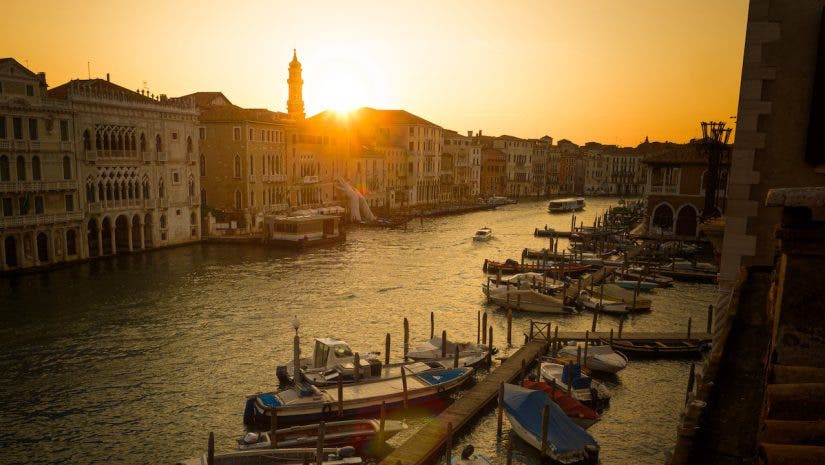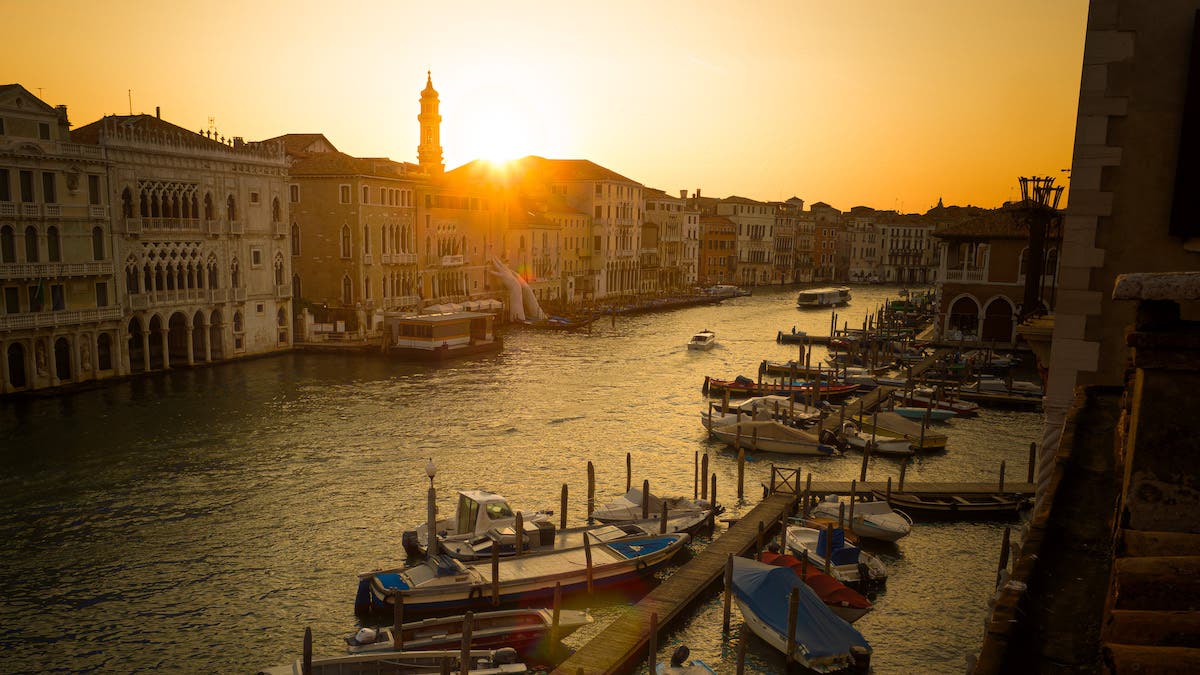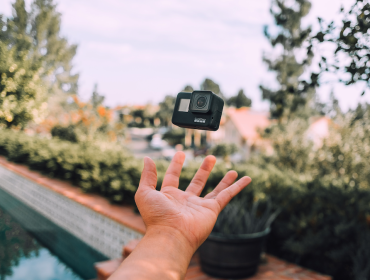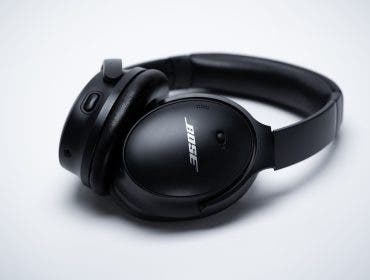Even a basic “budget” lens is a surprisingly complex thing. For a start, it’s not actually a single lens, but a mixture of multiple lenses each of varying curvature, size, and refractive properties. Some elements are single. Others are grouped together. However it’s designed, the goal is to project a perfect image onto your camera’s sensor. Give a lens to a photographer and there’s a high chance it’s going to encounter lighting situations that no designer can plan for, and the likely result is lens flare. But with a little know-how, lens flare can be avoided and even embraced.
What is Lens Flare?
Lens flare is an optical effect that can have many appearances. The classic look is colorful, repeating circles going across your image. At the other end of the scale, lens flare can produce an image with areas of unexpectedly low contrast and washed-out colors. Both types of lens flare tend to be more obvious in the darker tones of an image. Although, the type of lens flare you see depends on the design of your lens and also the size, brightness, and angle (relative to the camera lens) of the light.
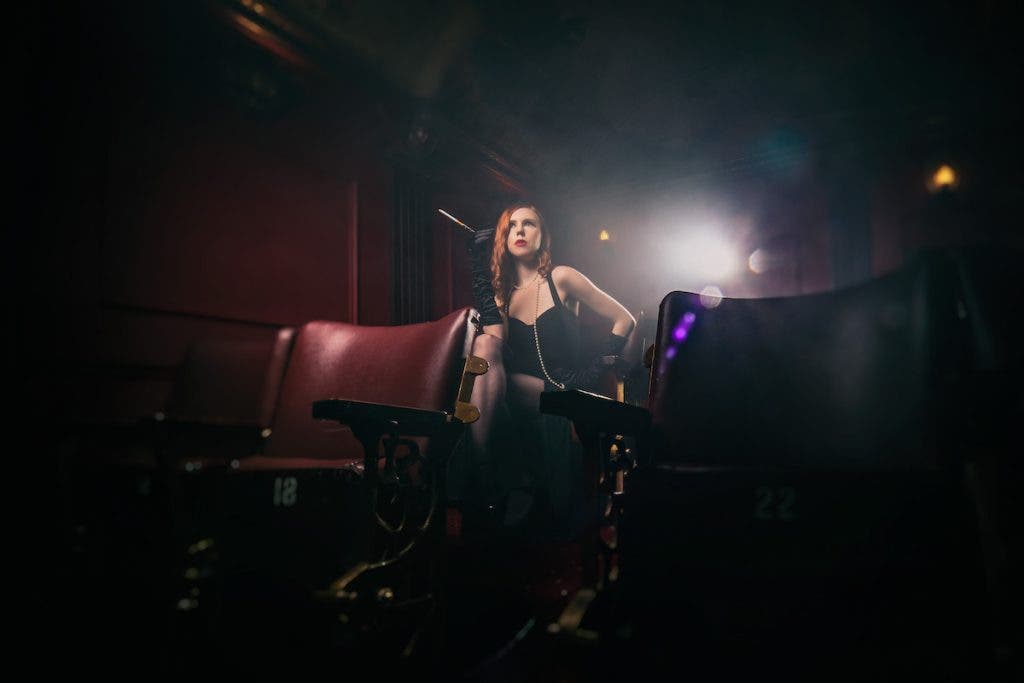
What Causes Lens Flare?
Lens flare is always caused by light. Now that might sound obvious (no light = no photo) but learning to read the light is the first step in understanding when lens flare might appear.
Traditionally, lens flare is seen when you point your camera in the vague direction of the sun. Even if the sun itself isn’t in the shot, the chance of lens flare is ever present as light striking the front element of your lens from the side will still enter the lens. The more “into the light” you point your camera, the greater the chance of seeing lens flare. Although, its appearance may change — especially if the sun is actually in the shot.
Types of Lens Flare
Some lenses handle flare much better than others. As a general guide, zoom lenses, with their more complex design, are prone to lens flare over prime lenses.
But lens flare isn’t something that only happens when the sun is your light source. In fact, studio photographers have a much bigger potential for lens flare. The more lights you use, the greater the chance that one, or more, will cause lens flare — and studio photographers love to add more lights!
Lens flare can be split into two basic categories. Although they may have other names let’s call them ghosting and veiling.
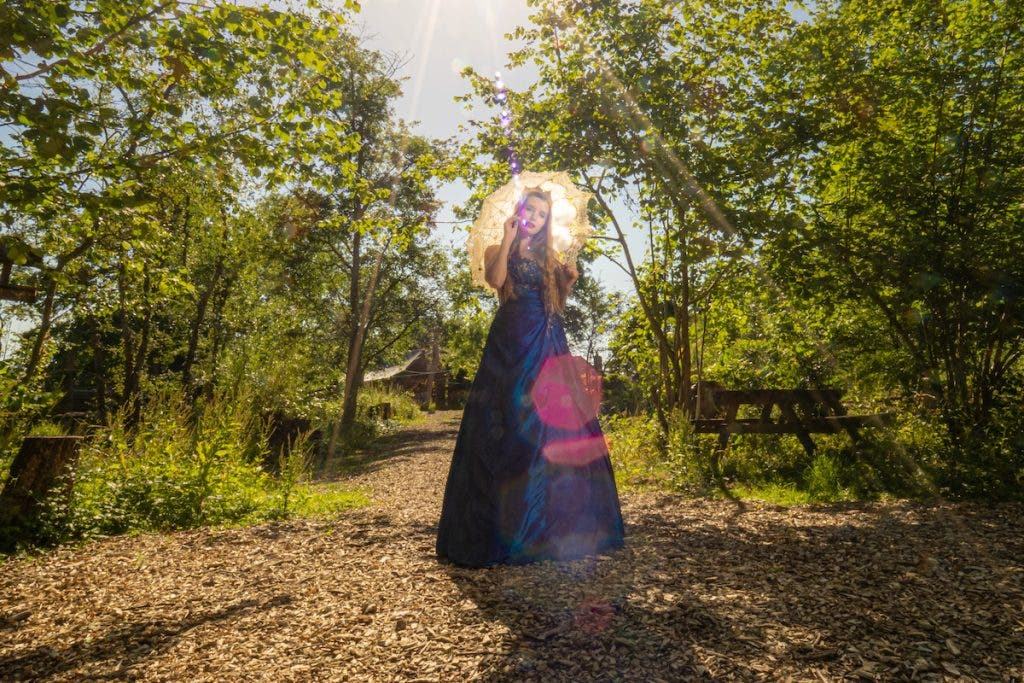
Ghosting
Ghosting is the classic version of lens flare that has colourful, repeating round or shaped spots going across the image. But have you ever wondered where those shapes come from? What’s being ghosted is the shape of the lens aperture. If your lens aperture is wide-open, they’ll be big and round, but stop your lens down and they’ll be smaller and multi-sided. The exact size and shape are dictated by the blades of the lens aperture mechanism. As for the multicolor, well, that’s down to the type of glass used and coatings on each lens element.
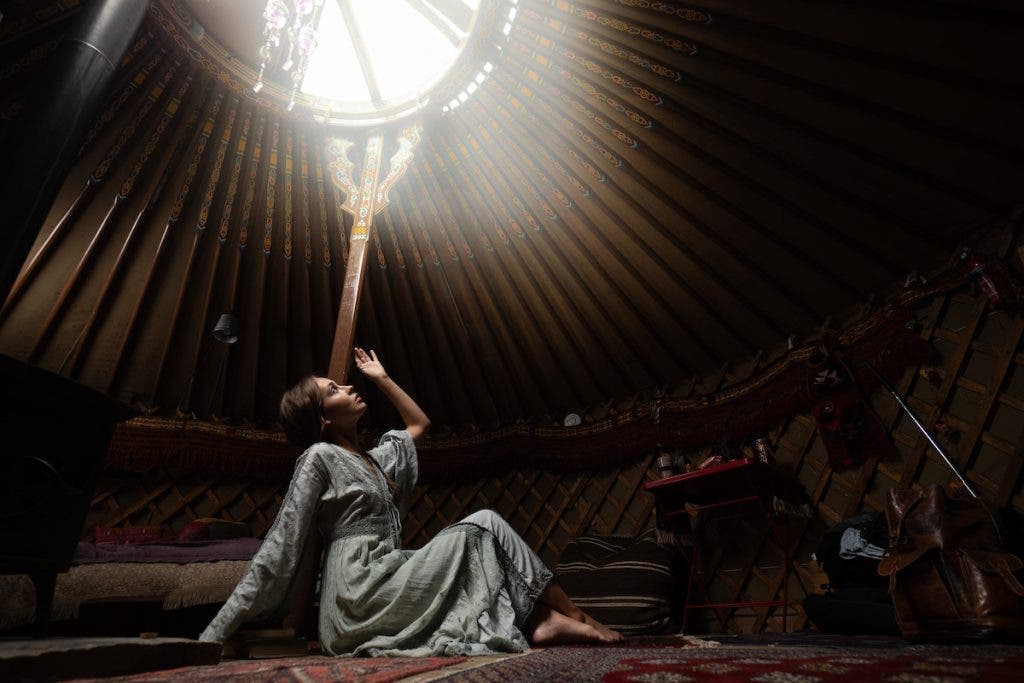
Veiling
Veiling is an altogether more subtle effect and sometimes overlooked as a product of lens flare. It’s most easily seen where a very bright light source is placed next to a darker background and the light glows into the dark. Its caused by light scattering as it passes through the lens. Its effect can actually be quite pleasant if handled well.
Speaking of pleasant lens flare, try stopping your lens down to its smallest aperture (biggest F number) and including a small point source of light in your scene (a wide angle lens and the sun are the perfect combo). The result is starburst lens flare — no extra filters required!
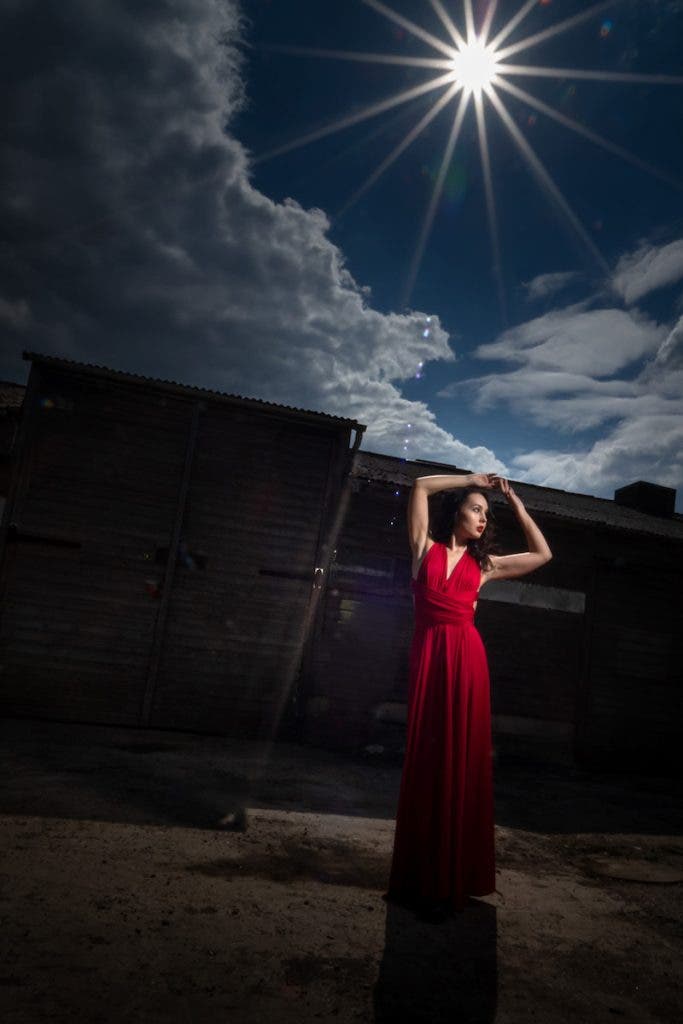
How Lens Type Influences Lens Flare
Yes, it’s a cliché but the unavoidable truth about lenses is you really do get what you pay for, including how well the lens handles lens flare. No lens is immune to lens flare but better lenses use better glass with better coatings. That significantly reduces internal lens flare. But with that said, even a budget modern lens will have superior flare handling characteristics compared to lenses from the pre-digital days.
Prime vs Zoom
As previously mentioned, prime lenses produce the least amount of flare. Their single focal length means the internal lens design is much simpler with potentially less elements and less risk of light scatter. Zoom lenses with their moving parts, adjustable lengths, and an aperture that changes as you zoom (on some zooms) have a much harder time at minimizing flare.
Focal Length
Focal length matters too. The flare is easy to find with a wide angle lens but can be smaller in size. Wide field of view and bulbous front elements makes accidentally capturing flare a lot greater. Conversely long telephoto lenses have less flare risk but, when you get flare, it fills the frame.
When it comes to lenses, no lens is perfect but there are things you can do to reduce its effect.
Lens Hood
Every lens should come with a lens hood, but sadly they don’t. Luckily you can buy an aftermarket hood, just watch out for vignetting on wider angle shots. If you’re the sort of photographer who reverses the lens hood for storage and then keeps it on backwards when shooting… please stop doing that! A lens hood is the single best tool you can use to stop off axis lens flare. Its job is to block light from the side entering the lens.
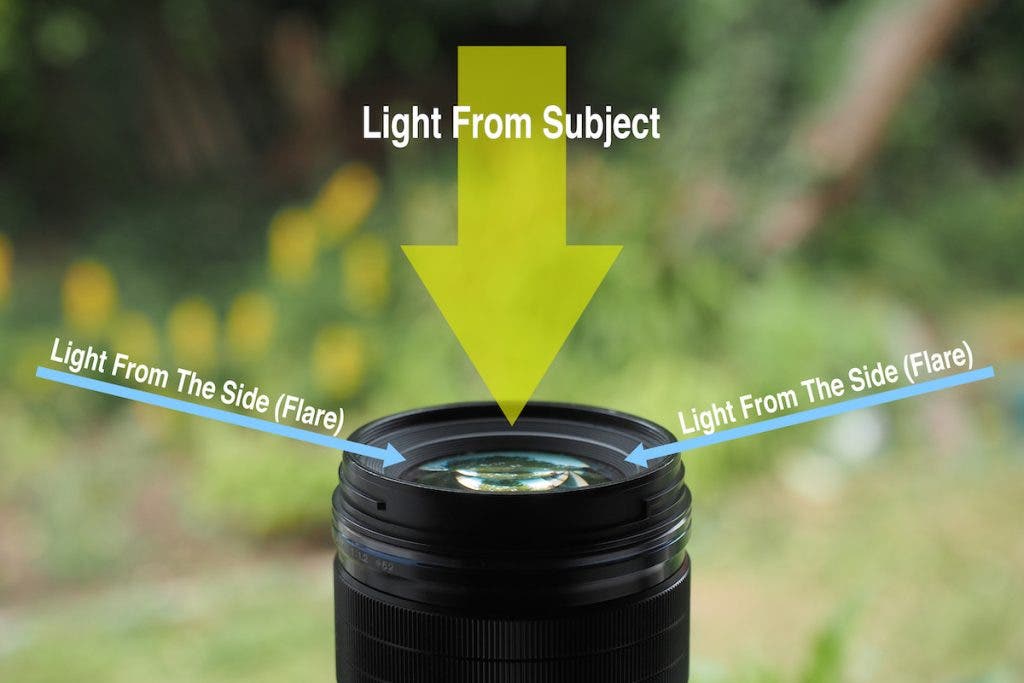
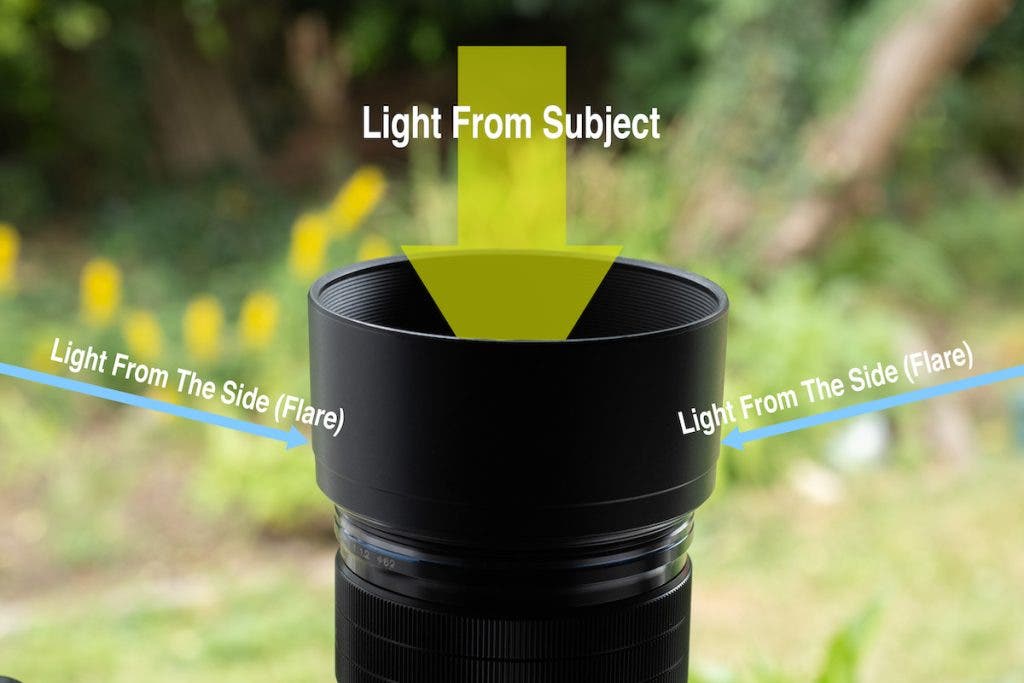
If your light is more on axis, you might need to block it some other way. With the sun you can make a shadow by holding up your hand, or find a shadow from something like a tree branch. In the studio, flags and grids do the job of blocking the light.
Clean Your Lens
When was the last time you checked the front and back elements of your lens? Dust, grease and scratches always means more lens flare. Do you really need that filter on the front of your lens and, if so, is it anti-reflection coated? Cheap filters, more lens flare.
Finally, consider the exposure. Veiling flare becomes far more pronounced when the light source is overexposed. Not something you can control on location, perhaps, but studio photographers should keep this in mind.
When to Use Lens Flare
Now that you have the tools to tackle lens flare, let’s do the opposite. Lens flare isn’t all bad. In fact, lens flare when and where you want it can be beautiful.
The sun bursting through the trees needs lens flare. A summer portrait with lens flare captures the heat of the day. Look at modern sci-fi movies and you’ll spot lens flare all over the place. It’s a deliberate aesthetic choice that adds depth and mystery to a scene.
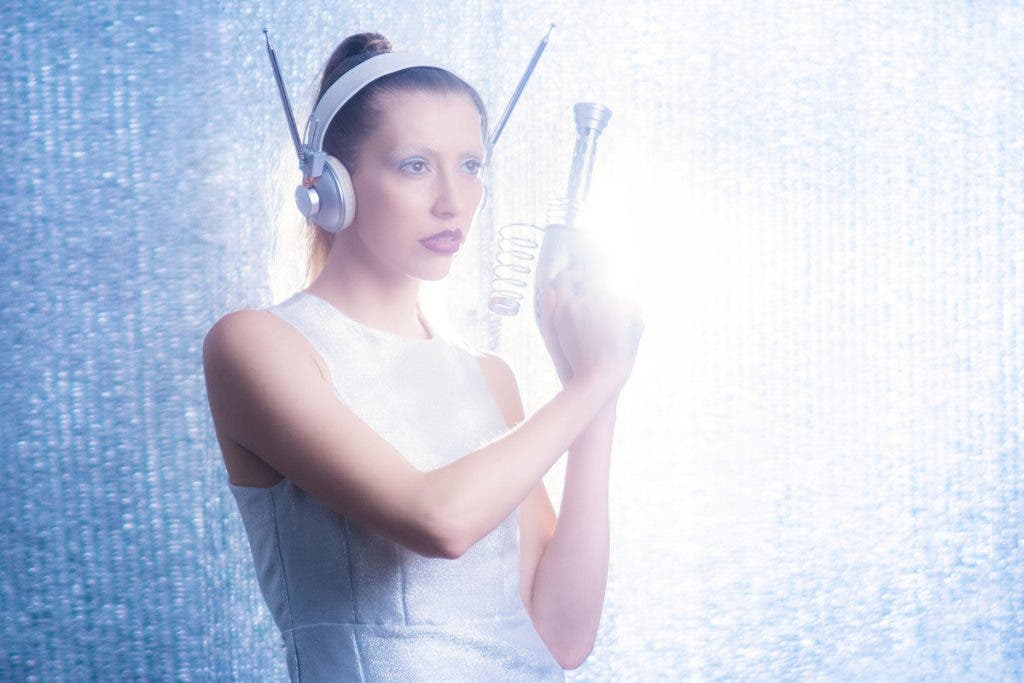
For portrait photographers, lens flare is a great tool for disguising the studio background and even light stands. It creates excitement and intrigue. If you really want to embrace and enhance the look in camera, a black mist filter is a great (but permanent) alternative to post processing.
Conclusion
Lens flare is something that, at its worst, can ruin a perfectly good photo. Sure, you might be able to recover the lost contrast or remove the weird shapes in post processing, but avoiding it in the first place is a far better solution. Put your lens cap on the right way, press the aperture preview button (if your camera has one) to check for flare, and, if all else fails, make the flare work for you — on purpose and with intent. Because knowing the “rules” of photography gives you the perfect excuse to deliberately break them!
For more information, check out my AdoramaTV video about how to create lens flare in the studio:
